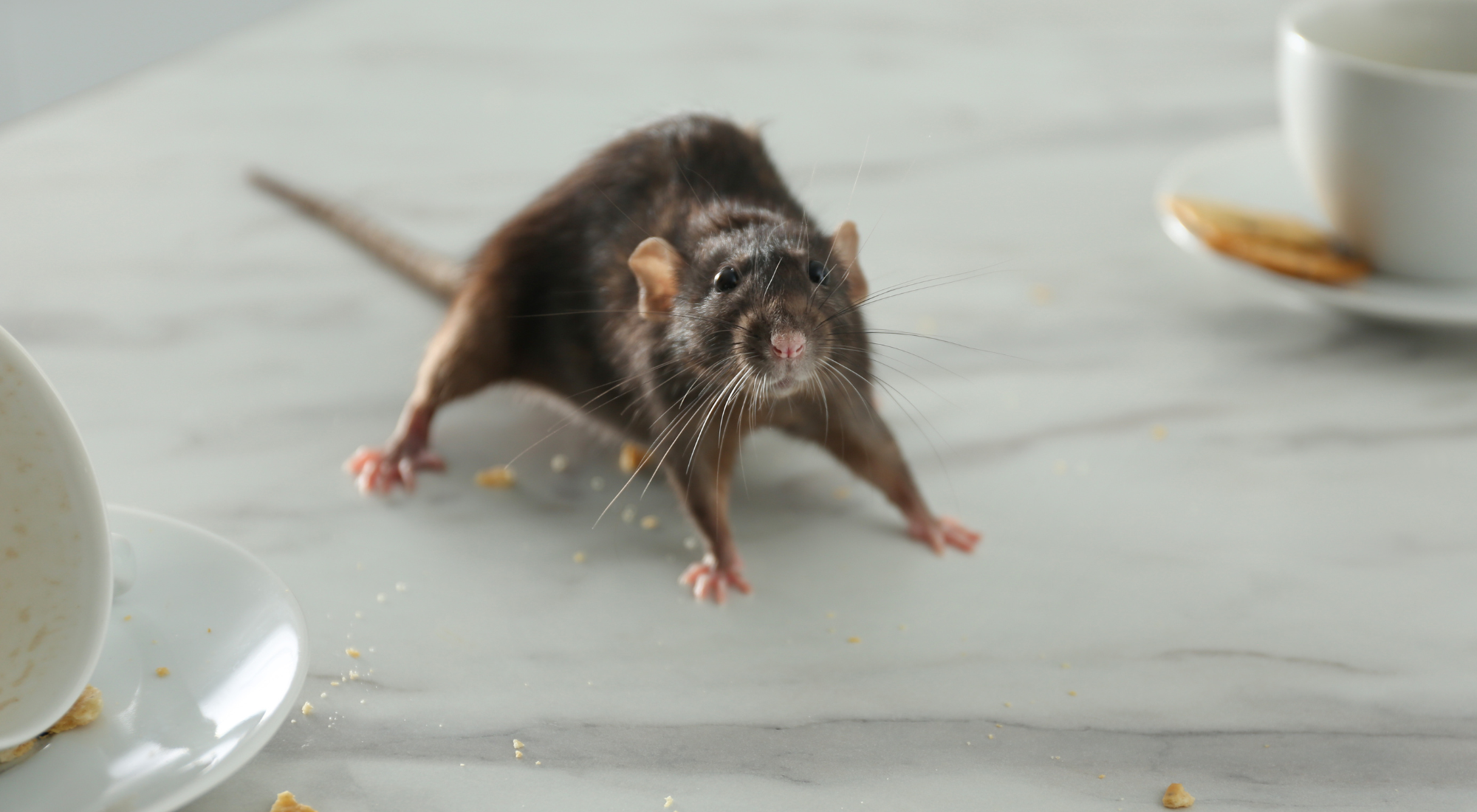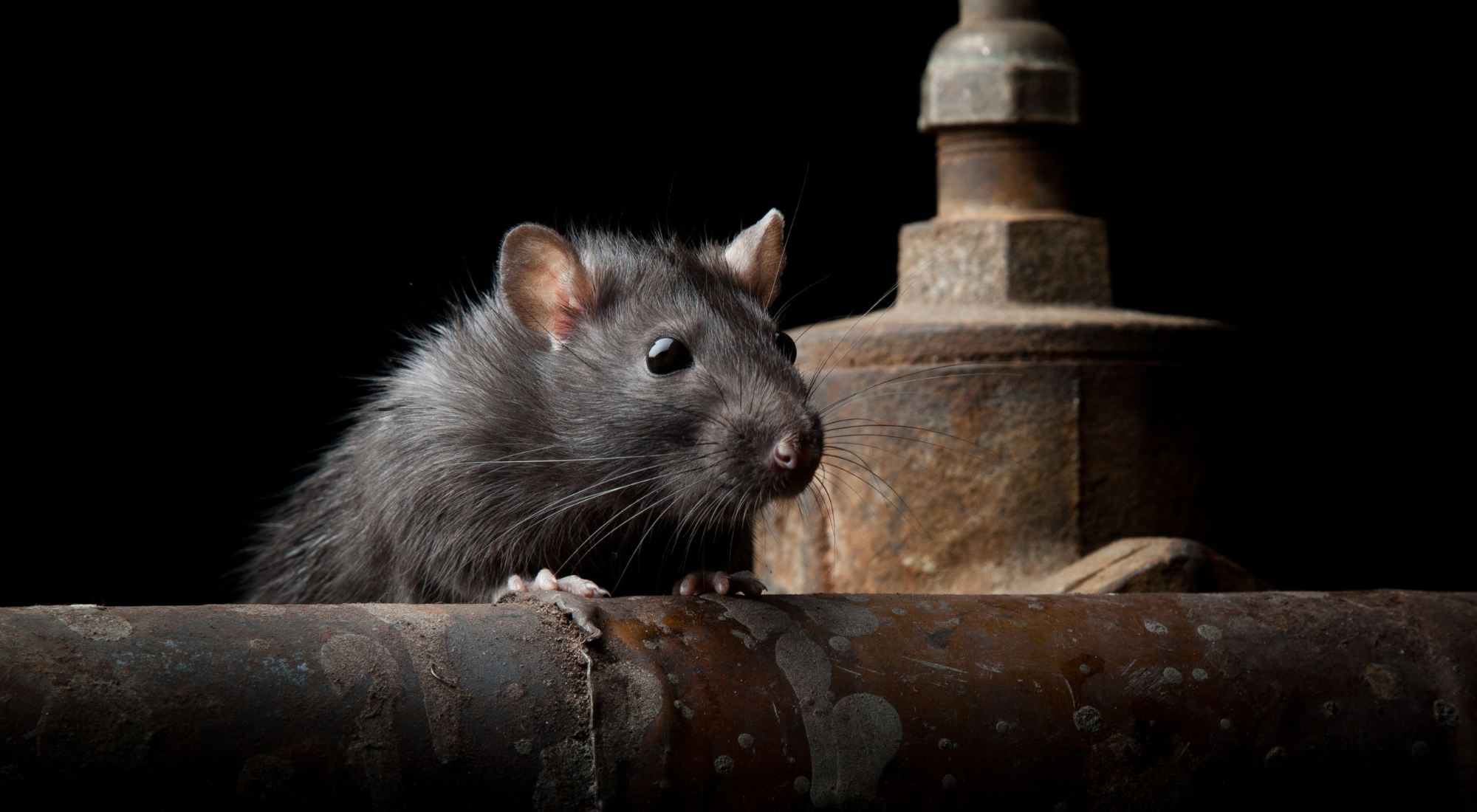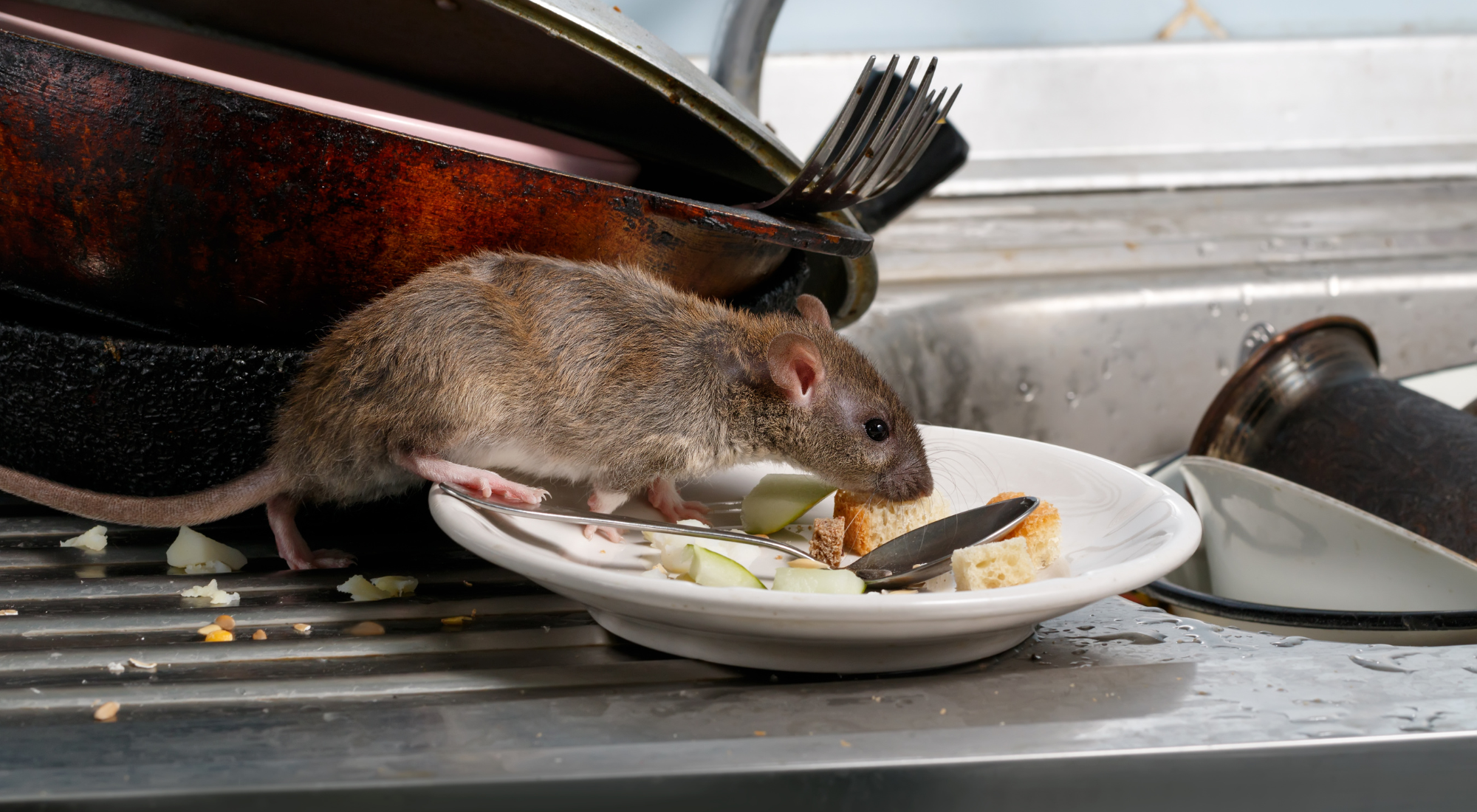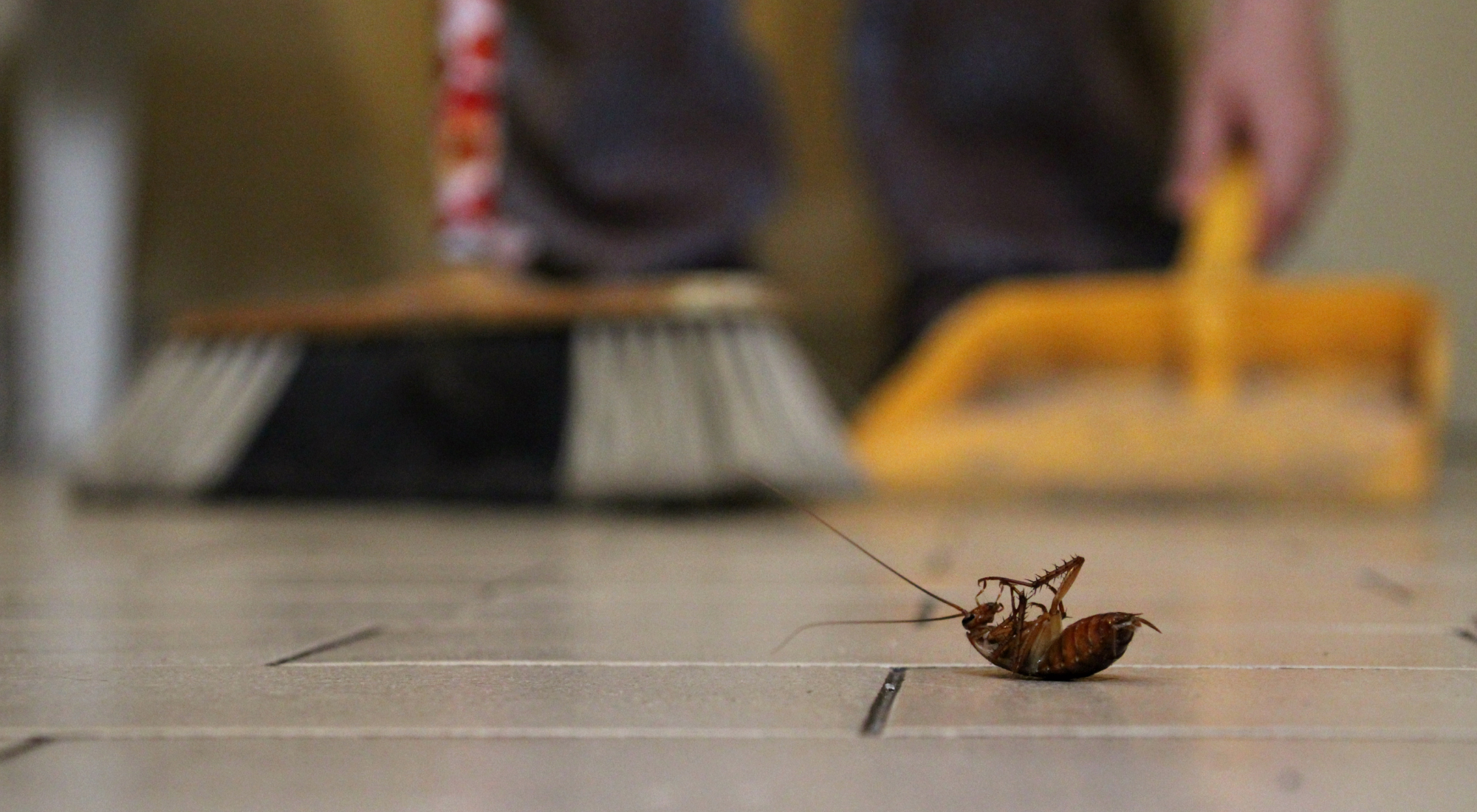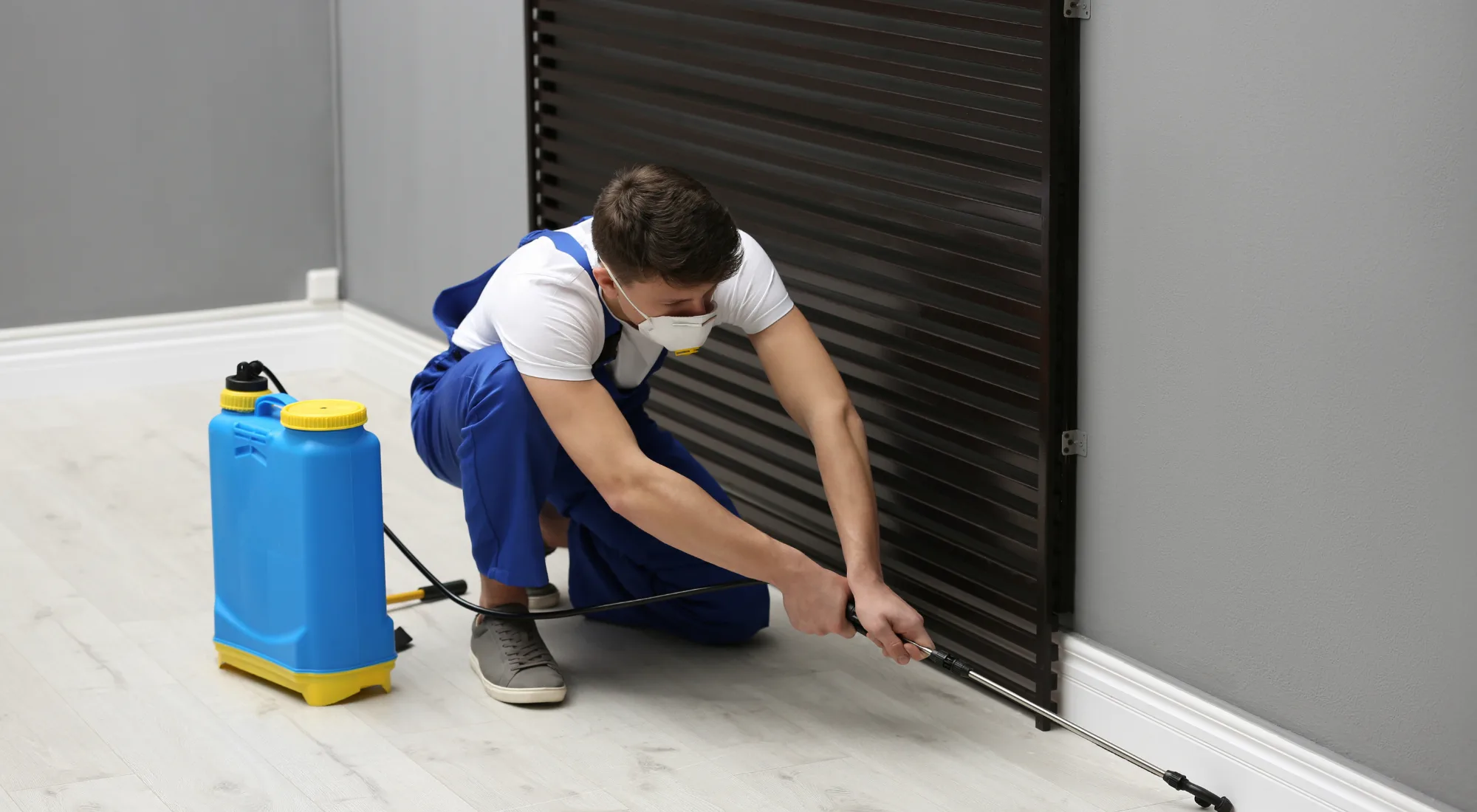Spring is a season of renewal, but it’s also the time when pests become more active. As temperatures rise, insects and rodents emerge from their winter hiding spots, searching for food, water, and shelter. Taking action early in the season can prevent minor pest problems from turning into major infestations.
Why Are Pests More Active in Spring?
1. Warmer Temperatures Wake Up Dormant Pests
- Many pests, such as ants, spiders, and cockroaches, go into a state of hibernation or reduced activity during winter.
- As the weather warms up, they become more active and start seeking food and shelter.
2. Increased Moisture Creates the Perfect Breeding Ground
- Spring showers and melting snow create damp environments that attract pests like mosquitoes, termites, and cockroaches.
- Standing water from rain can serve as breeding sites for mosquitoes and attract rodents looking for water sources.
3. Pests Are Looking for New Food Sources
- Many insects, such as ants and rodents, become more aggressive in searching for food.
- Your kitchen, garbage bins, and pantry become easy targets if not properly secured.
4. Breeding Season Begins for Many Insects and Rodents
- Spring marks the start of the breeding season for many common pests, including mice, rats, mosquitoes, and termites.
- If left unchecked, a small pest problem can quickly turn into a full-blown infestation.
Common Spring Pests to Watch Out For
1. Ants
- Typically enter homes in search of food.
- Can form large colonies if not controlled early.
2. Mosquitoes
- Thrive in standing water left behind by spring rain.
- Can transmit dangerous diseases like West Nile virus.
3. Termites
- Spring marks the start of termite swarming season.
- Can cause severe structural damage to homes.
4. Rodents (Mice & Rats)
- Warmer weather means they will leave their winter nests and seek new food sources.
- Can chew through walls, wires, and insulation.
5. Wasps & Bees
- Begin building nests around homes and gardens.
- Can become aggressive when defending their hives.
How to Prevent Spring Pest Infestations
1. Seal Entry Points
- Inspect doors, windows, and foundation cracks for gaps or openings.
- Use weather stripping, caulk, or screens to block pest entry.
2. Keep Your Home Dry
- Fix leaky pipes, clogged gutters, and areas with standing water.
- Use dehumidifiers in damp areas like basements and crawl spaces.
3. Maintain a Clean Kitchen
- Store food in sealed containers.
- Take out the trash regularly and keep garbage bins covered.
- Wipe down counters to remove crumbs and spills.
4. Trim Your Yard & Garden
- Keep bushes and trees trimmed away from your home.
- Remove rotting wood and yard debris that could attract pests.
5. Schedule a Spring Pest Inspection
- Early detection is key to preventing serious infestations.
- A professional pest control service can identify hidden pest issues before they get out of control.
Conclusion
Spring is the most critical time of year for pest control. Taking preventive measures now can save you from major infestations later. By keeping your home sealed, dry, and clean, you can reduce the chances of pests invading.
If you notice any early signs of pest activity, contact a professional pest control service for a thorough inspection.

